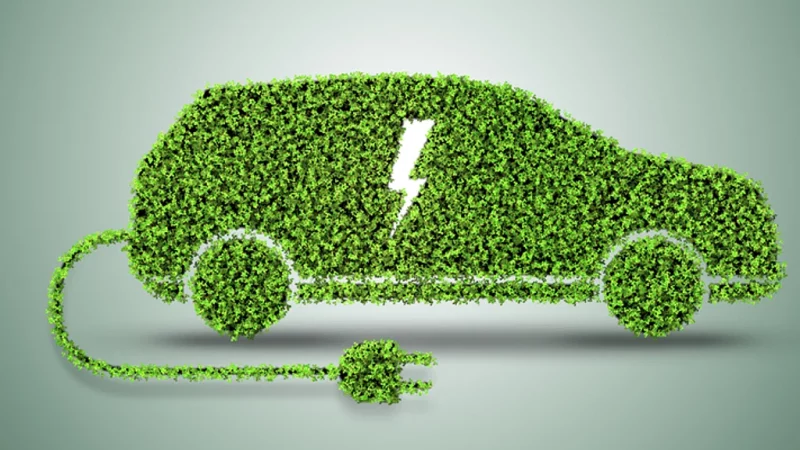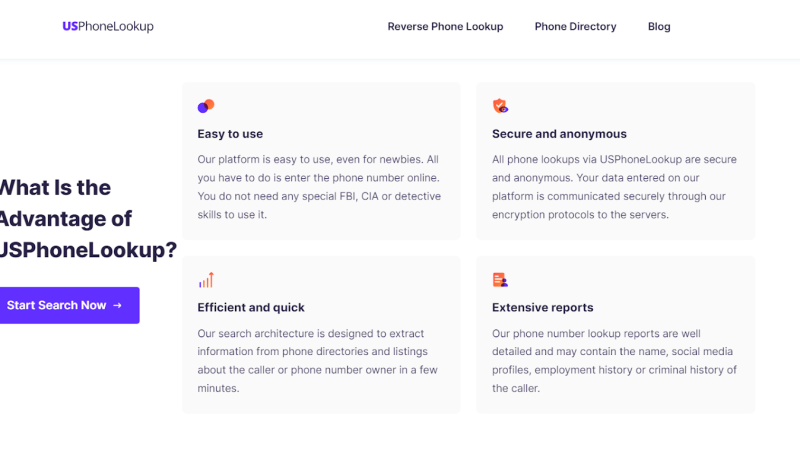Unlocking the Future: Strategic Planning of Solar Battery Costs for Utility Companies
Imagine a world where utility companies harness the power of the sun, not just to meet their energy needs but to power entire communities efficiently and sustainably. This vision is no longer a distant dream but a tangible reality. You, yes YOU, are at the forefront of this revolution. In this guide, we’ll explore the strategic planning of solar battery costs for utility companies, a journey filled with challenges and opportunities.
Embracing the Barren Landscape
Let’s take a moment to reflect on the word ‘barren’ before we dive into the intricacies of solar battery cost planning, It often describes a desolate, unproductive land, void of life and possibilities. Much like a barren landscape, traditional energy sources have limitations and finite resources. They can only take us so far, and the costs are steep, both environmentally and economically.
Now, picture this: a barren land transformed into a lush oasis, teeming with life and potential. This is precisely what solar energy and advanced battery technologies can do for utility companies. They breathe life into the energy sector, offering a sustainable path forward. But how do we make this transformation happen?
The Yashica Epiphany
Once upon a time, in a small utility company nestled in the heart of innovation, a young engineer named Sarah had an epiphany. She stumbled upon an old Yashica camera while cleaning out her grandfather’s attic. The camera, despite its age, still held a sense of purpose and potential.
Much like that vintage camera, Sarah realized that utility companies could find hidden treasures in solar battery technology. She saw the potential to capture and store the sun’s energy, just as her grandfather had captured memories with his Yashica camera. It was a eureka moment that set her on a path to revolutionize the energy landscape.
Navigating the Logistic Challenges
Now, let’s address the elephant in the room – logistics. When it comes to implementing solar battery solutions on a large scale, there are intricate logistical challenges. From procuring the right equipment to setting up a seamless operation, the journey can seem daunting. However, remember that every grand endeavor starts with a single step.
Think of it as embarking on a cross-country road trip. The logistics may seem overwhelming at first, but with a well-planned route and the right vehicle, you can conquer any distance. Similarly, with strategic planning and the right resources, utility companies can overcome logistic challenges and make the transition to solar energy and batteries.
Understanding Solar Battery Costs
Now that we’ve set the stage, let’s dive deeper into understanding solar battery costs. When you embark on this journey, you must be aware of the financial terrain you’re navigating.
Upfront Costs: The initial investment in solar battery technology can be substantial. It’s like buying a top-of-the-line smartphone – the upfront solar battery cost might give you pause, but the long-term benefits are worth it. You’ll not only save on energy bills but also contribute to a greener future.
Operational Expenses: Just like maintaining a car, solar batteries come with operational costs. However, these are significantly lower than the ongoing expenses of traditional energy sources. With efficient management, you’ll find these costs manageable.
Long-Term Savings: Here’s the kicker – solar batteries offer substantial long-term savings. Think of it as paying off a mortgage on a house you own. Once the initial investment is covered, you’re left with significant savings and energy independence.
The Power of Strategic Planning
Now, you might wonder how to make these costs work in your favor. The answer lies in strategic planning. Think of it as plotting your course on a treasure map. You have the destination – a sustainable energy future – but you need a clear path to get there.
Cost-Benefit Analysis: Begin with a thorough cost-benefit analysis. Consider factors like government incentives, tax credits, and potential revenue from excess energy sold back to the grid. This is your compass, guiding you toward cost-effective decisions.
Technology Selection: Just as you wouldn’t choose a sports car for off-roading, selecting the right solar battery technology is crucial. Evaluate different options based on your needs and budget. Look for scalability, efficiency, and reliability.
Energy Storage: Efficient energy storage is the heart of your solar battery system. Think of it as the engine of your journey. Optimize your storage capacity to ensure you have ample energy reserves, especially during cloudy days or power outages.
Maintenance and Monitoring: Like a well-maintained vehicle, your solar battery system requires periodic check-ups. Invest in monitoring tools and maintenance plans to ensure peak performance. This proactive approach will save you from unexpected breakdowns.
Overcoming Challenges Together
Transitioning to solar battery technology is not without its challenges, but remember, you’re not alone on this journey. Utility companies across the globe are facing similar hurdles, and together, we can overcome them.
Imagine a network of utility companies, sharing insights and experiences to navigate the path to a sustainable future. It’s like a convoy of explorers, each with their unique stories and expertise, joining forces to chart uncharted territories.
The Solar Battery Revolution
As we near the end of our guide, I invite you to envision the future. A future where utility companies no longer rely solely on conventional energy sources, where solar batteries are the backbone of a cleaner, more sustainable world. It’s a future where the word ‘barren’ is reserved for history books, and ‘Yashica’ serves as a reminder of the moment we unlocked the potential of the sun.
Remember, the logistic challenges we face today are the stepping stones to a brighter tomorrow. With strategic planning and a collective commitment to change, we can make the solar battery revolution a reality. It’s not just about reducing costs; it’s about shaping a future where energy is abundant, clean, and accessible to all.
So, my fellow explorers of the energy landscape, the time to act is now. Embrace the power of the sun, plan strategically, and let’s make solar battery technology the driving force behind a sustainable future. Together, we’ll turn the page on the old energy paradigm and write a new chapter in the story of humanity’s relationship with the environment.




